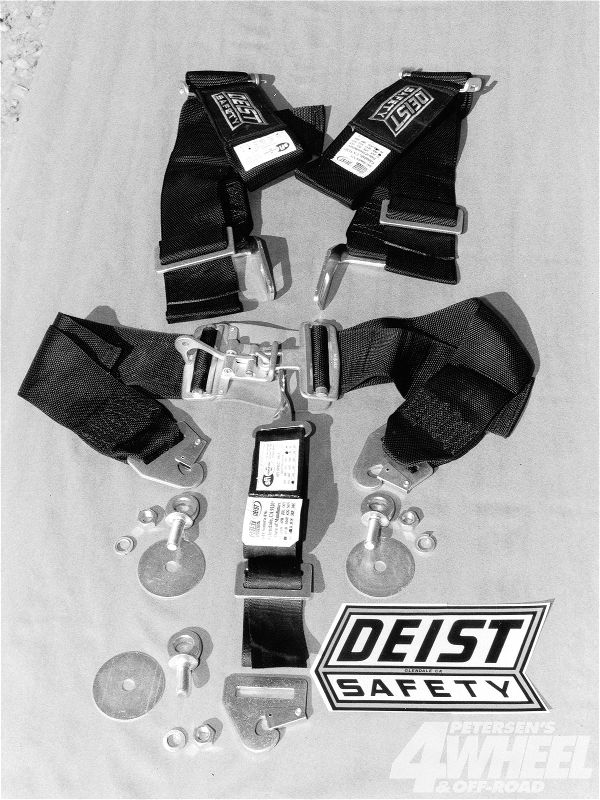
We know it's hard to fork over dough for something that doesn't improve your 4x4's off-road performance, but let's talk about safety for a minute. For all on- and off-road use, we advocate wearing seatbelts, but when you start getting extreme (rockcrawling, mudding, or short-course racing such as at our 4xFun Fests or U.S. Truck Fests), you really need to step up to a racing harness. Why? Because it's your best protection in a rollover. But dirty-side-up landings are fairly rare, so the harness's more practical benefit is to anchor you so you can drive your very best. It also keeps your head from smacking the rollbar in bouncy situations. Knowing that you're safe and secure can also give you an extra edge.
 PhotosView Slideshow
PhotosView Slideshow










